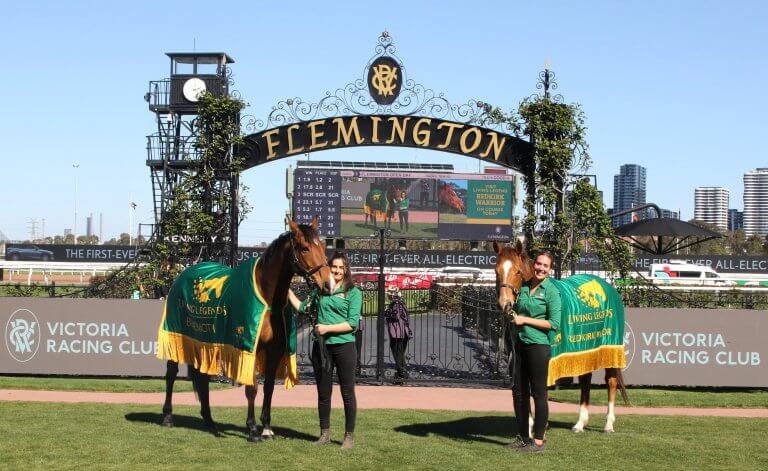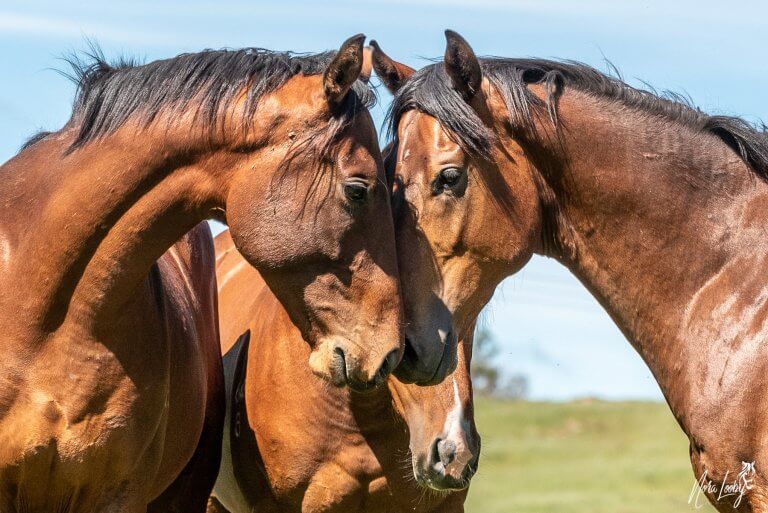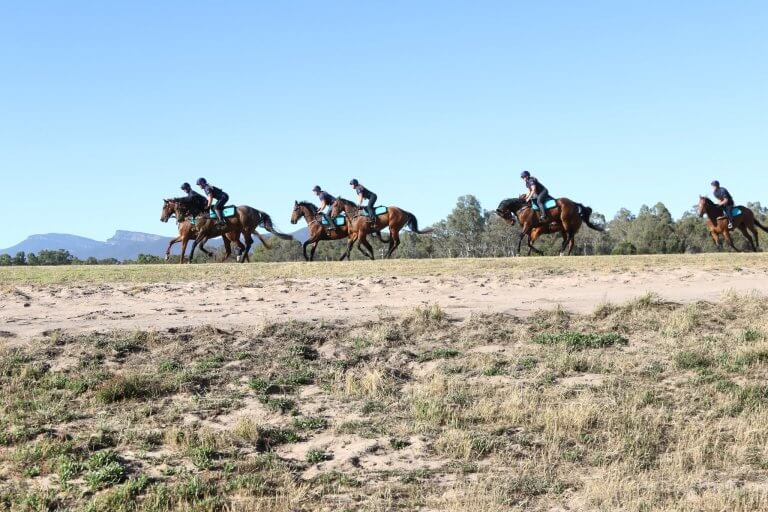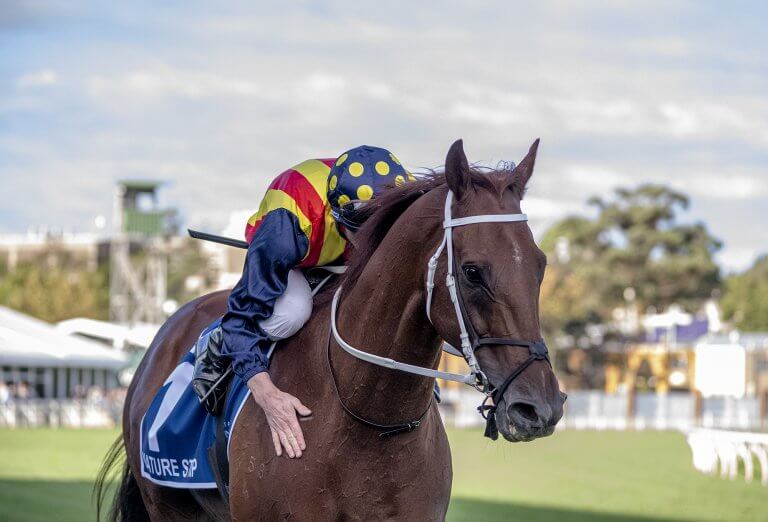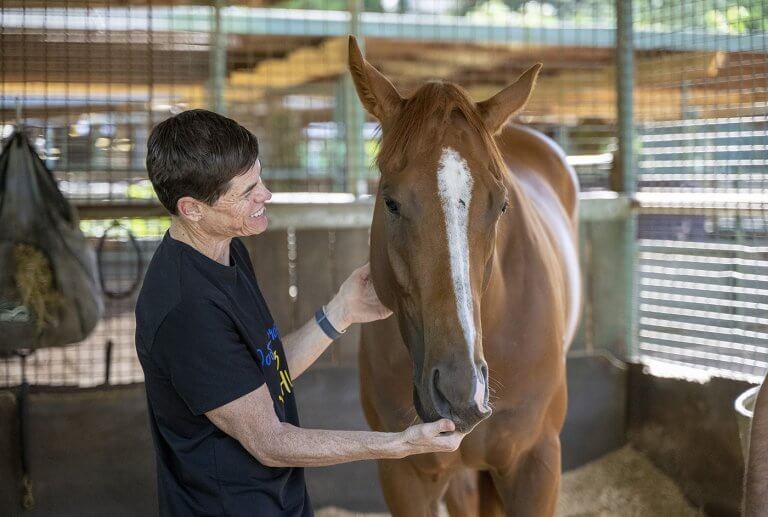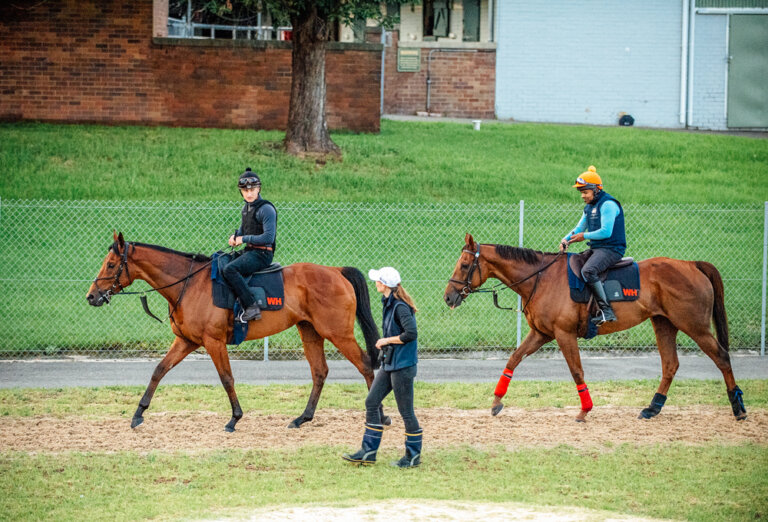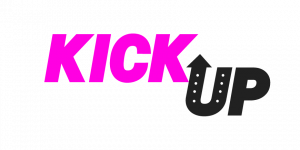Lucas Pratt grins when he is asked about how many friends he has made at Valley RDA at Tallebudgera.
The smiling Pratt is one of the centre’s long-term participants, riding there for around seven years.
When he talks about the friends he has made over that time, they are of both the human and equine variety.
Pratt is a regular rider of “Sir Victor” in his time spent at Tallebudgera, a retired former race horse which went by the moniker Maltese Lovable on the track.

Now 20 years of age and not having been in work at the stables since 2005, Sir Victor is one of several Off-The-Track gallopers who have called Riding for the Disabled home in Queensland over the years.
He has been at Tallebudgera for 13 years and Beverley Humphries, who is a Committee Member with Riding for the Disabled Queensland, says Pratt, as well as several other riders, have developed a close bond with Sir Victor.
“Lucas is a very enthusiastic rider and has learnt to control his enthusiasm,” Humphries said.
“He has also had the chance to form relationships with volunteers.
“Lucas comes here and is able to relate to people who are not his immediate family.
“Lucas has done that very, very successfully through the aid of the volunteers and the horses.”
Emma Morel, Queensland Off-The-Track’s Program Project Officer, saw first hand Pratt’s interaction with Sir Victor recently.
“With the horses here, it is wonderful to see the smiles on the children’s faces, as well as the helpers,” Morel said.

“These horses were once on the race track doing a completely different job and now they are assisting these children in becoming fitter and happier.
“The impact these horses have on the riders here, you can see it on their faces, as they are really able to achieve together.”
Maltese Lovable won one race in his career from 14 starts before being retired.
Humphries believes former thoroughbred race gallopers are perfect animals as therapy horses for people.
“Because race horses are so used to being handled, they are used to people, as well as being used to the life of ready, set and go,” she said.
“We found that Victor immediately had empathy for the kids.

“Off-The-Track horses already have an affinity for people and I think that is most important.”
An element of the Off-The-Track program that Humphries appreciates is that they acquire horses at a younger age straight from the track so they can stay in children’s lives for many years, like Sir Victor.
Riding for the Disabled is just one of the many opportunities former race horses – thoroughbred and standardbred – have following their careers at the track.
“Off-The-Track horses have loads of possibilities they can be used for, with one of those being Riding for the Disabled,” Morel said.

“The horses here are used as part of the therapy program, which is really important for the community and individuals involved in the RDA to have access to these horses.”
Valley RDA at Tallebudgera provides people with a disability the opportunity to ride and enjoy all the activities connected with horse riding.
“The aim of the RDA is to give an opportunity to the most disadvantaged people in our society, who suffer from a range of disabilities, which can be physical, emotional and mental, to have an experience with horses,” Humphries said.
“Horses have a special gift to be able to relate to children and adults.
“We aim to give people the opportunity to improve their lives in all those areas, as well as giving them the opportunity to do something different, which provides them status.
“A lot of children that come to RDA have behavioural issues and one of the gifts horses seem to have is that they help with that, because most of them love horses and they want to please them.”
Valley RDA at Tallebudgera has a wide range of age groups using their programs, with children as young as four involved, all the way up to 25 years of age.
As well as the RDA program in Tallebudgera, QOTT also has a partnership with RDA Gemfields, which is located in Sapphire – based 30 minutes west of Emerald.
